KEnI Project Digitalization for decarbonization

One of the key priorities of Roquette's Sustainable Development approach is the reduction of energy consumption and CO2 emissions. Deployed globally, this project aims to improve the energy performance of the company. All energy usage data is now centralized and analyzed in order to optimize energy efficiency.
Main project's drivers for reducing the greenhouse gas (GHG) emissions Project objectives
Energy and resource efficiency
Energy Decarbonisation
Energy efficiency improvements
Improving efficiency in non-energy resources
Emission removal
Financing low-carbon issuers or disinvestment from carbon assets
Reduction of other greenhouse gases emission
Project objectives
Centralize and analyze all energy consumption data in order to optimize the energy efficiency of the company's industrial processes.
Energy consumption is a very important part of the manufacturing costs of the Roquette Group’s products. It is also the main component that makes up Roquette’s CO2 emissions. Since 2015, most Roquette production sites have been ISO50001 certified. In France, a perimeter which represents 50% of energy consumption, energy efficiency programs have made it possible to reduce annual energy consumption by 7% compared to the reference year 2015.Roquette’s ambition is to continue this effort at all of the Group’s facilities with a goal of reducing CO2 emissions by 1% per year per tonne of product linked to energy use.
To do this, Roquette launched the KEnl project in May 2020. This project is deployed in 2 phases:
- Implementation of energy and CO2 indicators for Roquette at the global level and within each production plant to monitor progress;
- Installation of energy dashboards at workshop level to monitor the variations in energy performance of the production lines and optimize them.
In 2020, most facilities in the European, Indian, Chinese and Canadian zone were concerned.
In 2021, Roquette will continue the roll-out in Italy, the Americas and the other remaining facilities.
Emission scope(s)
on which the project has a significant impact
- Emission scopes
- Description and quantification of associated GHG emissions
- Clarification on the calculation
Scope 1
Direct emissions generated by the company's activity.
Scope 2
Indirect emissions associated with the company's electricity and heat consumption.
Scope 3
Emissions induced (upstream or downstream) by the company's activities, products and/or services in its value chain.
Emission Removal
Carbon sinks creation, (BECCS, CCU/S, …)
Avoided Emissions
Emissions avoided by the activities, products and/or services in charge of the project, or by the financing of emission reduction projects.
Scopes 1 et 2 -Digital monitoring and optimization of energy consumption
- Initial situation in 2019: total emissions due to the combustion of fossil fuels (gas, coal) from the group’s factories and energy purchases (electricity, steam): 3,300 kt of CO2.
After project implementation: reduction of 165,000 tonnes of CO2 in 2025
In 2019, the amount of energy used on production lines worldwide amounted to 6.5 TWh / year, of which 25% was electricity and 75% heat (steam, hot water, etc.)
Using the emission factors for electricity in each of the countries (between 80 and 770 kgCO2 / MWh) and the emission factors for the combustion of gas (214 kgCO2 / MWh PCI), coal (380 kgCO2 / MWh PCI), geothermal energy (4 kgCO2 / MWh PCI) and biomass (0 kgCO2 / MWh PCI), the group’s energy emissions then amounted to 3,300,000 t CO2 / year.
The implementation of the project, on a Europe / China / India scope, allowed the reduction between the launch of the project (2019) and the end of 2020 of 83,040 MWh (8% in France, 18% in China, 74% in India), which represents a total reduction in emissions of 20,800 t CO2 or -1.3% of CO2 / t produced.
Key points
Invested amount
15 M€
Starting date of the project
May 2020
Project localisation
France, Spain,Lithuania, China, India
Project maturity level
Prototype laboratory test (TRL 7)
Real life testing (TRL 7-8)
Pre-commercial prototype (TRL 9)
Small-scale implementation
Medium to large scale implementation
Economic profitability of the project (ROI)
Short term (0-3years)
Middle term (4-10 years)
Long term (> 10 years)
Illustrations of the project
This project contributes to the following SDGs:
- SDG 7 Clean and affordable energy: thanks to the implementation of this project, a decrease in energy consumption has been observed;
• SDG 9 Industry, innovation, infrastructure: this project improves the overall plant management by integrating the energy dimension.
Project reproducible on all our industrial sites with significant energy and CO2 emissions savings.
The project was managed with internal resources.
Contact the company carrying the project :
globalcommunications@roquette.com
